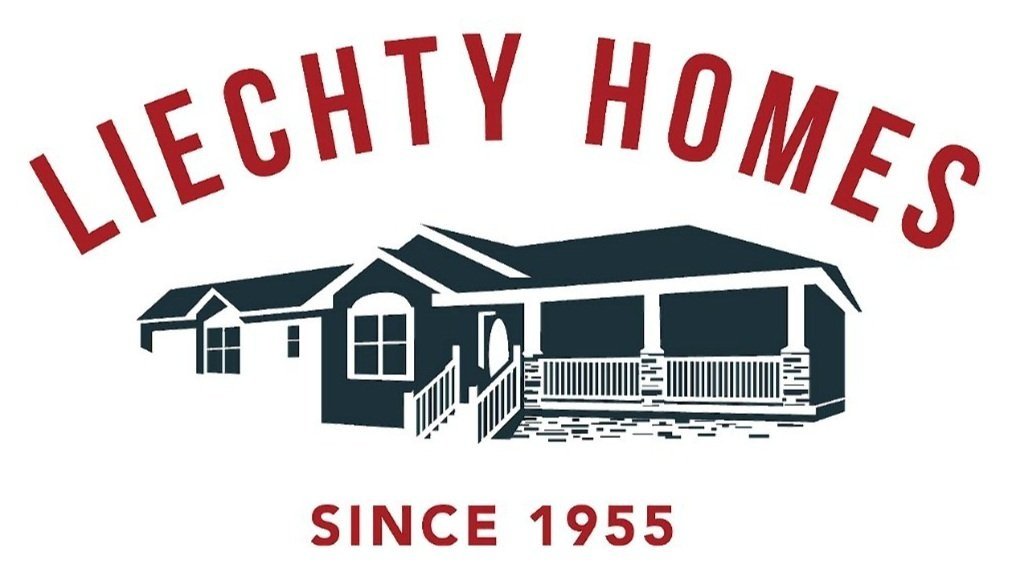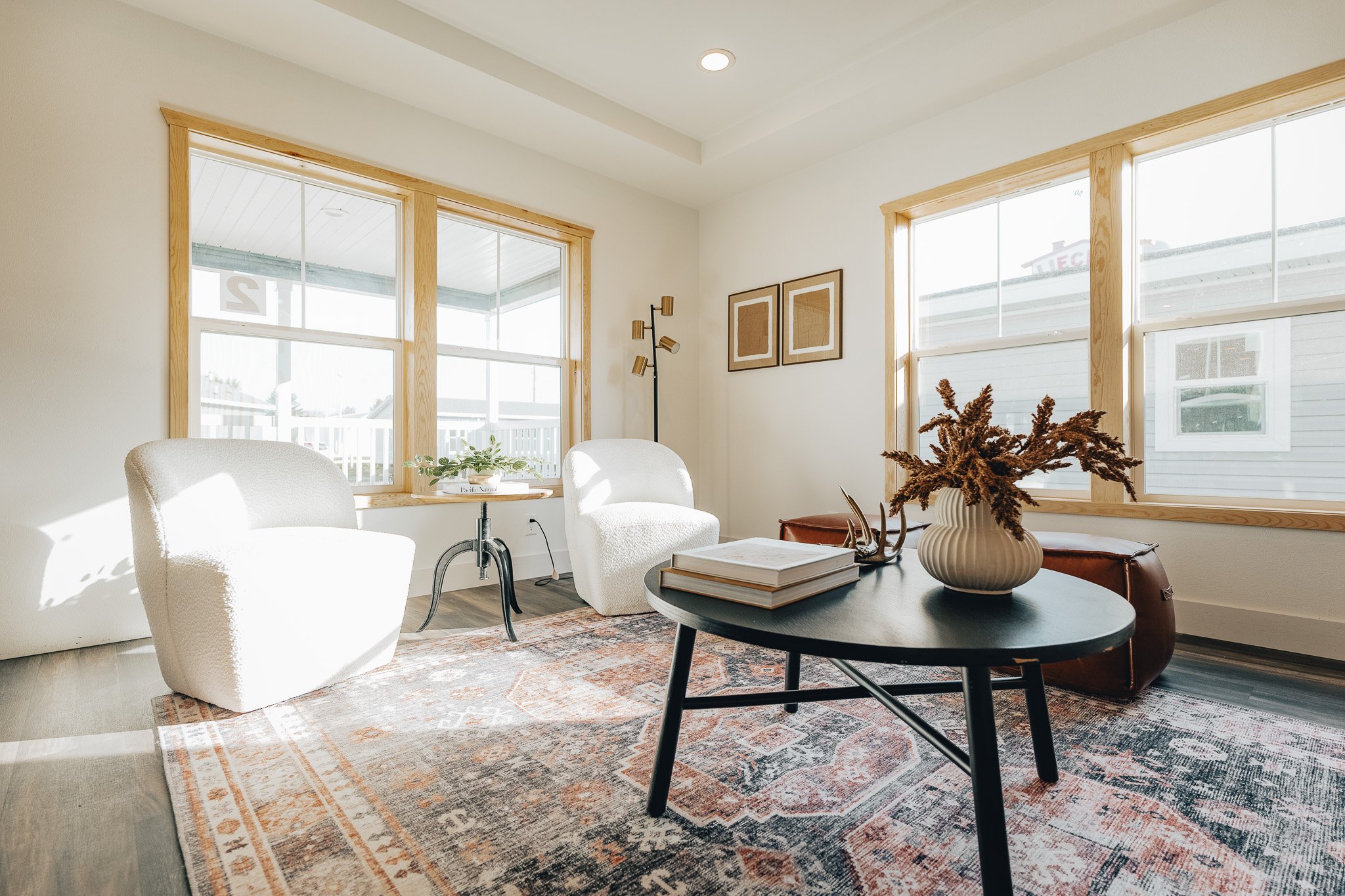What Are Modular Homes?
What Are Modular Homes? Understanding Today's Advanced Factory-Built Housing
In the diverse landscape of modern housing, modular homes stand out as a sophisticated and increasingly popular option, offering a unique blend of factory precision and custom design that rivals traditional site-built construction. If you're exploring homeownership and have come across the term "modular home," you might be wondering exactly what defines this type of housing and what sets it apart. Modular homes are residences constructed in separate sections, or "modules," within a controlled factory environment. These modules are engineered and built to exacting standards, then transported to the building site where they are expertly assembled and secured onto a permanent foundation, much like a traditional site-built home. A key characteristic of modular homes is their adherence to the same state, local, and regional building codes as homes built on-site, ensuring they meet rigorous standards for safety, quality, and durability. This commitment to local codes means that from an inspection and structural standpoint, they are treated just like their site-built counterparts. The evolution of modular construction has led to remarkable advancements in design flexibility, energy efficiency, and speed of completion, making them a compelling choice for discerning homebuyers in regions like North Dakota, Minnesota, and South Dakota who seek quality, customization, and lasting value.
Defining Modern Modular Homes
A modular home is a type of factory-built housing constructed in multiple sections, or modules, within a climate-controlled facility. These individual modules are engineered for structural integrity and design precision, often including completed walls, flooring, ceilings, wiring, plumbing, and even interior fixtures before they leave the factory. Once all modules are complete, they are transported to the permanent home site. There, they are carefully lifted by crane onto a pre-built permanent foundation—typically a full basement or a crawl space—and then expertly joined together by skilled builders (Source: Clayton Homes - What's the Difference? Mobile vs. Manufactured vs. Modular Homes). The most crucial defining factor of modular homes is that they are built to conform to all applicable state, local, and regional building codes where the home will be located. This is the same set of codes that traditional site-built homes must meet, often based on the International Residential Code (IRC). This means that once assembled, modular homes are virtually indistinguishable from site-built homes in terms of structural integrity, safety standards, and appraisal value. They are inspected at the factory during various stages of construction and then again on-site after assembly by local building inspectors. Because they are designed for a permanent foundation and built to local codes, modular homes are considered real property and can appreciate in value just like traditional homes.
How Are Modular Homes Constructed? Materials and Process
The construction process for modular homes combines the efficiency and precision of factory production with the quality materials and robust building practices found in traditional site-built housing. The materials used are typically identical to those chosen for site-built homes, including high-quality lumber for framing (such as 2x4 or 2x6 studs for walls, and engineered floor and roof trusses), durable sheathing, comprehensive insulation packages (fiberglass, spray foam, or mineral wool), and standard drywall for interior finishes. Exterior finishes are equally diverse, allowing for vinyl siding, wood, brick, stone, or fiber cement siding, along with architectural shingles or metal roofing, enabling a wide range of aesthetic styles (Source: ICC Safe - What Building Materials Are Used in Modular Construction?). Inside the factory, modules are built simultaneously, often with separate lines for floors, walls, and roofs, which are then assembled into three-dimensional sections. Electrical wiring, plumbing (often PEX or copper), and HVAC ductwork can be installed within the modules at this stage, along with windows, doors, cabinetry, and some interior finishes. This controlled environment protects materials from weather damage, ensures consistent craftsmanship, and allows for rigorous quality control checks at each step. Once the modules are transported to the site and set by crane onto the permanent foundation, the process of "buttoning up" begins. This involves connecting the modules, completing electrical, plumbing, and HVAC hookups between sections, finishing the roof and siding at the marriage lines (where modules meet), and completing any remaining interior and exterior work. The result is a home built with the precision of factory engineering and the enduring quality of traditional building materials.
Modular Homes vs. Manufactured Homes: Key Distinctions
While both modular and manufactured homes are constructed in factories, they are distinct housing types, primarily differentiated by the building codes they follow, their foundation systems, and their degree of permanency. Understanding these differences is crucial for any homebuyer.
Building Codes:
Modular Homes: As emphasized, modular homes are designed and built to meet all state, local, and regional building codes applicable to the specific location where the home will be permanently sited (e.g., International Residential Code - IRC). This means they undergo the same level of scrutiny and inspection by local building officials as traditional site-built homes. They typically bear a state-specific certification label.
Manufactured Homes (as a contrast): Manufactured homes are built in compliance with the federal HUD Code, a national standard administered by the U.S. Department of Housing and Urban Development. This code is uniform across all states and preempts local building codes for the construction of the home itself. Manufactured homes display a red HUD certification label on each transportable section.
Frame and Foundation:
Modular Homes: These homes are engineered to be set on a permanent foundation, such as a full basement or a crawl space, similar to site-built homes. They are transported to the site on carriers, which are typically returned to the factory after the modules are placed by crane. Once assembled on the foundation, they are structurally integrated with it and are not designed to be moved. They do not typically have a steel chassis as a permanent, integral part of their structure after installation.
Manufactured Homes (as a contrast): Manufactured homes are built on a permanent steel chassis that is an integral part of their structure and remains with the home. This chassis facilitates transportation and is part of the home's support system, even when placed on various foundation types like piers, slabs, or sometimes basements. (Source: FEMA - Manufactured vs. Modular Homes)
Design Flexibility and Permanency:
Modular Homes: Often offer extensive design flexibility, accommodating complex architectural styles, multi-story designs, and significant customization, much like site-built homes. Once assembled on their permanent foundation, they are considered permanent structures and are not designed for relocation. They generally appreciate in value similarly to site-built homes.
Manufactured Homes (as a contrast): While offering many floor plans and customization options within the HUD Code, the design is somewhat constrained by the need to be transportable on its own chassis. While intended for long-term placement, the presence of the chassis means they can potentially be relocated, though this is a specialized undertaking.
Choosing between modular and manufactured housing depends on various factors, including budget, desired customization, foundation preferences, and local zoning regulations. Both offer the significant advantages of factory-controlled quality and construction efficiency. Liechty Homes specializes in helping customers navigate these options to find the ideal factory-built housing solution for their needs in the Upper Midwest.


